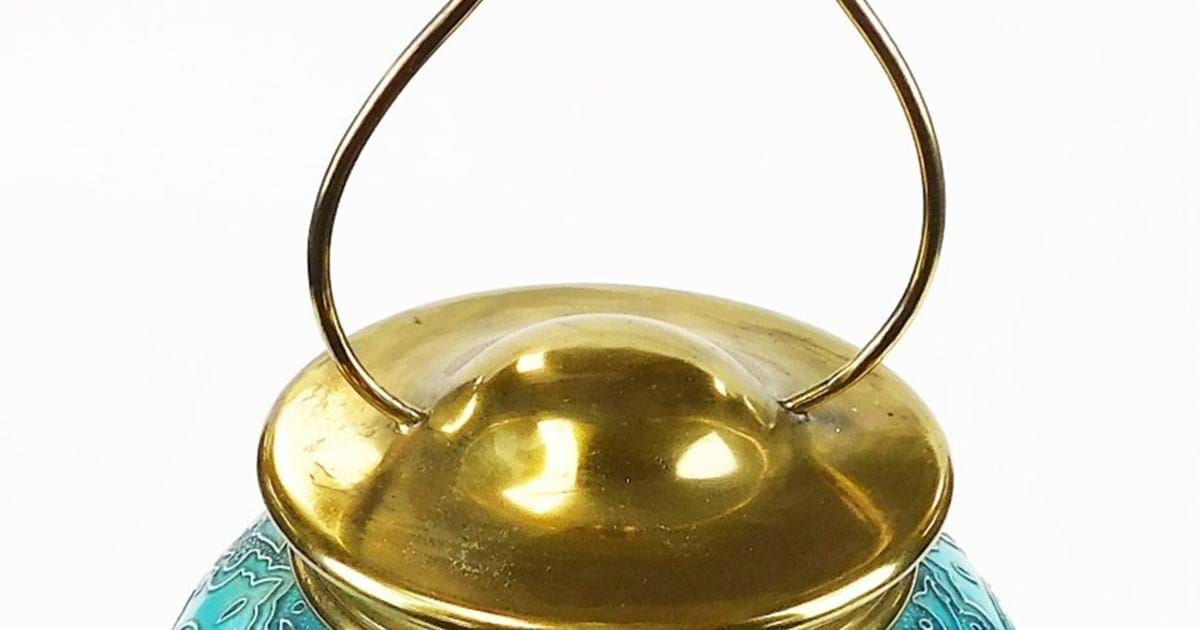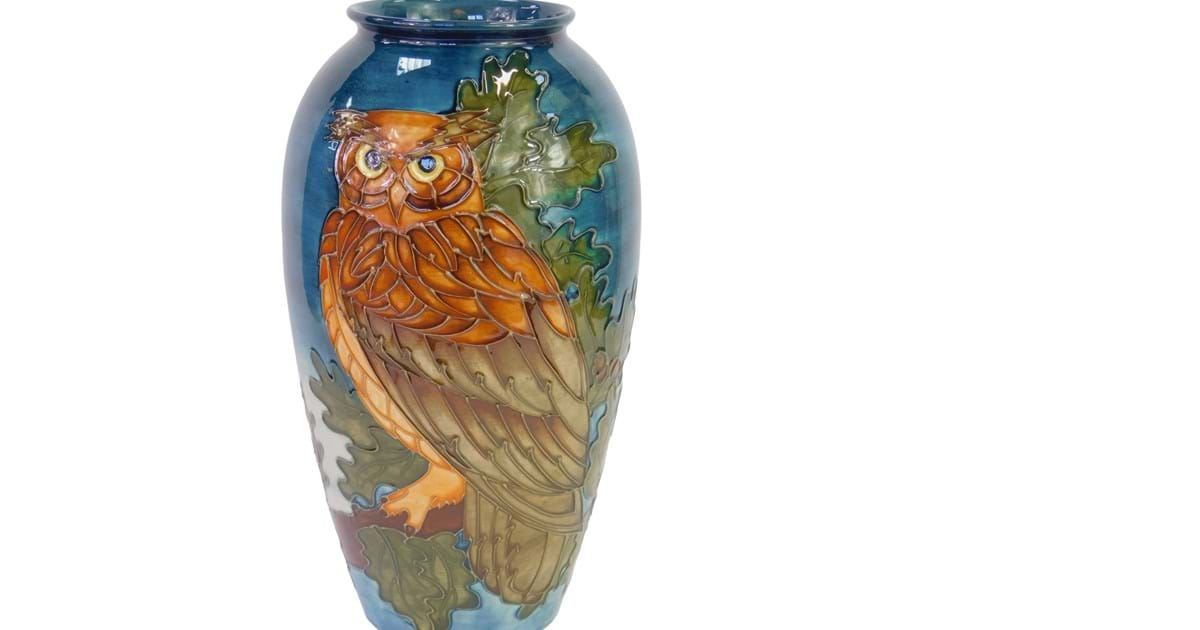Pieces from the Burmantoft factory founded in Leeds in 1858 remain some of the most sought after in collecting fields today. The bold design and glazes associated with these pottery masterpieces, coupled with a relatively short production lifespan and a number of private collectors and purchasers who want to furnish houses with bold and attractive wares means prices never really slumped and choice pieces retain huge worldwide interest now.
The company was founded by William Wilcock and John Lassey, with the latter being bought out by John Holroyd in 1863, and it becoming known as Wilcock and Co.
The name Burmantofts was not used until 1888 and the production of the bold, vibrantly glazed pieces well before their time were only in production until the early Edwardian period.
The factory itself concentrated more on architectural design and the renowned developers Edward Spruce and Maurice Adams took the company away from decorative vases to usable architectural building bricks. The decorative side of things was further handicapped by the number of high class companies and designers producing similar wares such as William De Morgan and Minton. The triumph of the company whilst in operation was seen much more in the usable designs used at say Yorkshire College in 1883 or the National Liberal Club a year later.
This is good news regarding interest and values today, which are sustained because so few or the larger, more desirable pieces such as the grotesque spoon warmers, lamps and vases exist.
The illustrated lamp vase is textbook Burmantofts design vibrantly decorated and bold in size as well as design, one can pick it as being from the hands of these Yorkshire greats from across the room without even turning it over to reveal the beautifully inscribed impressed mark underneath. This item is from the Chinese Faience range, one of the most desirable both then and now.
The piece shouts style and class and looks as good in a post modern 21st century house as it did juxtaposed in late Victorian settings over a century ago. Its value remains in the hundreds of pounds, but will only increase and at the same time will brighten up any living space.
The company itself survived technically until 1957, but the before their time pottery items were made only until 1904, which at their peak were being offered in Harrods and Liberty proving the desirability of this company both then and today.


